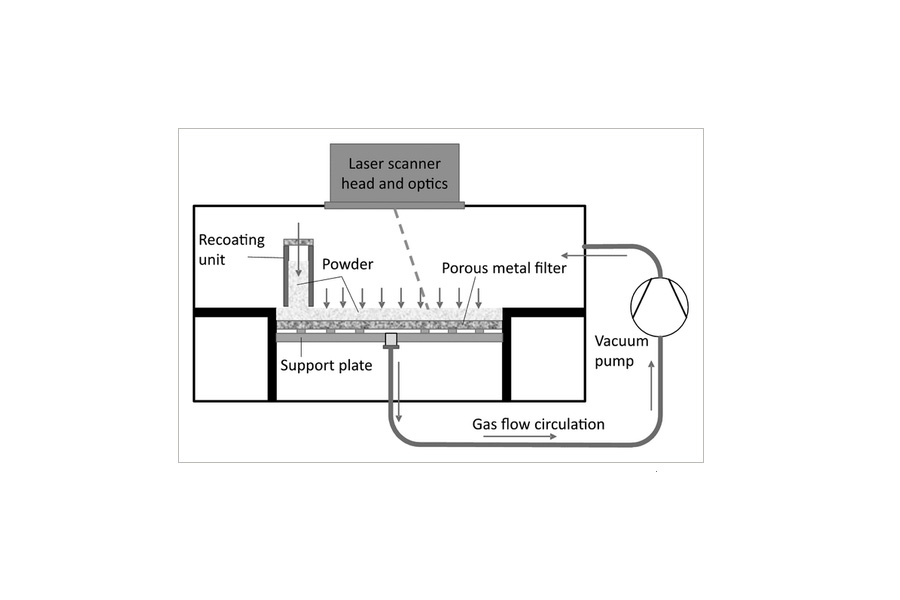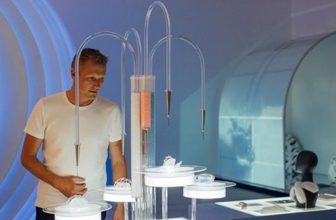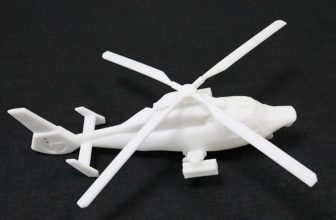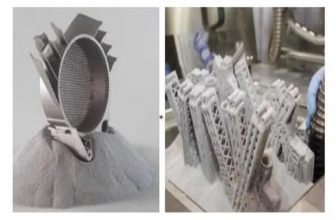
Microgravity metal 3D printing is attracting increasing interest from scientists and aerospace engineers, especially in such activities on the International Space Station. Researchers from Germany and France discussed the topic of microgravity printing in the recently published “3D printing of metal parts with μ-gravity”. The research team focuses on formulating strategies for working and living in space, and in-depth study of possible challenges. Metal additive manufacturing, low gravity.
Additive manufacturing has always been a boon for many different companies and organizations around the world, especially in the aerospace industry and NASA. Since creating spare parts can be very expensive and challenging, 3D printing and AM processes have many advantages, such as exponentially higher affordability, production speed, etc., including the integration of robots. In this study, the researcher’s goal is to make 1 to 500 mm metal parts in space. At the same time, larger structures can be created, allowing almost all parts on the spacecraft to be manufactured by laser beam melting (LBM) and a variety of materials from titanium to nickel-based alloys.
LBM technology is currently being used in many different applications, including:
Automobile\Aerospace\Tool Manufacturing\Medical
“The selection of LBM as the process for manufacturing aerospace components is mainly based on the weight ratio between the raw materials required to process the components and the weight of the components themselves. For traditional manufacturing techniques, the “buy-to-fly” ratio of flying components may be as high as 15-20 , Adding a lot of costs to materials and processing parts.” The researchers said.
The LBM process has a series of advantages. First of all, the parts can be manufactured into almost any shape, made of powder, and if any, there is almost no waste. Handling spare parts is the key-especially today at the International Space Station, where past shipments have been known to have failed due to unsuccessful launches. Even the loss of tools during a spacewalk in the space station can cause problems for astronauts and missions. it accounts for about 2% of all spare parts of the International Space Station, a total of about 2000 components, which may be lost at any time. “
3D printing is a reasonable choice because 3D files can be emailed to create parts on demand and on site. Working through the “virtual toolbox” and relying on documents sent from the Earth, astronauts can see their work more streamlined in the future. Especially if they live far away from Mars, where resupply missions are few or impossible. Much of which depends on the success of microgravity manufacturing, and the requirements for 3D printers and materials to be sent together with the staff.





